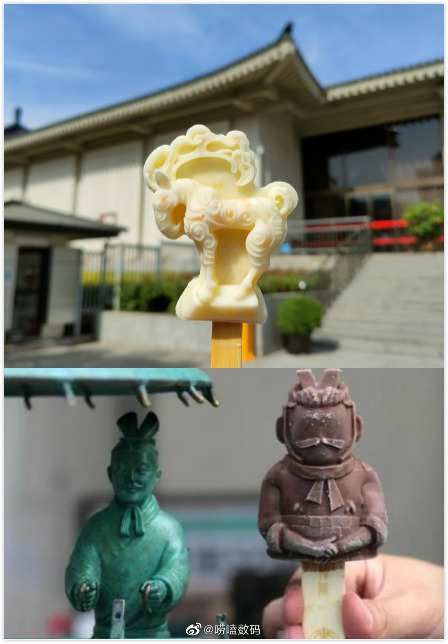Chinese food is an important part of Chinese culture. Traditional Chinese dishes are famous for their color, aroma, taste, meaning, and appearance.
La comida china es una parte importante de la cultura china. Los platos tradicionales chinos son famosos por su color, aroma, sabor, significado y apariencia.
Here are the 15 most popular Chinese dishes among the Chinese:
Aquí están los 15 platos típicos chinos más populares entre los chinos:



























